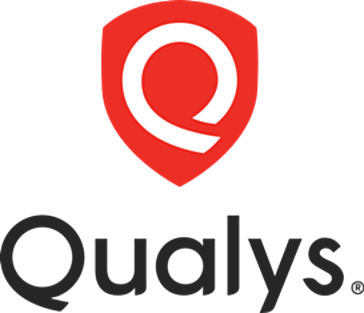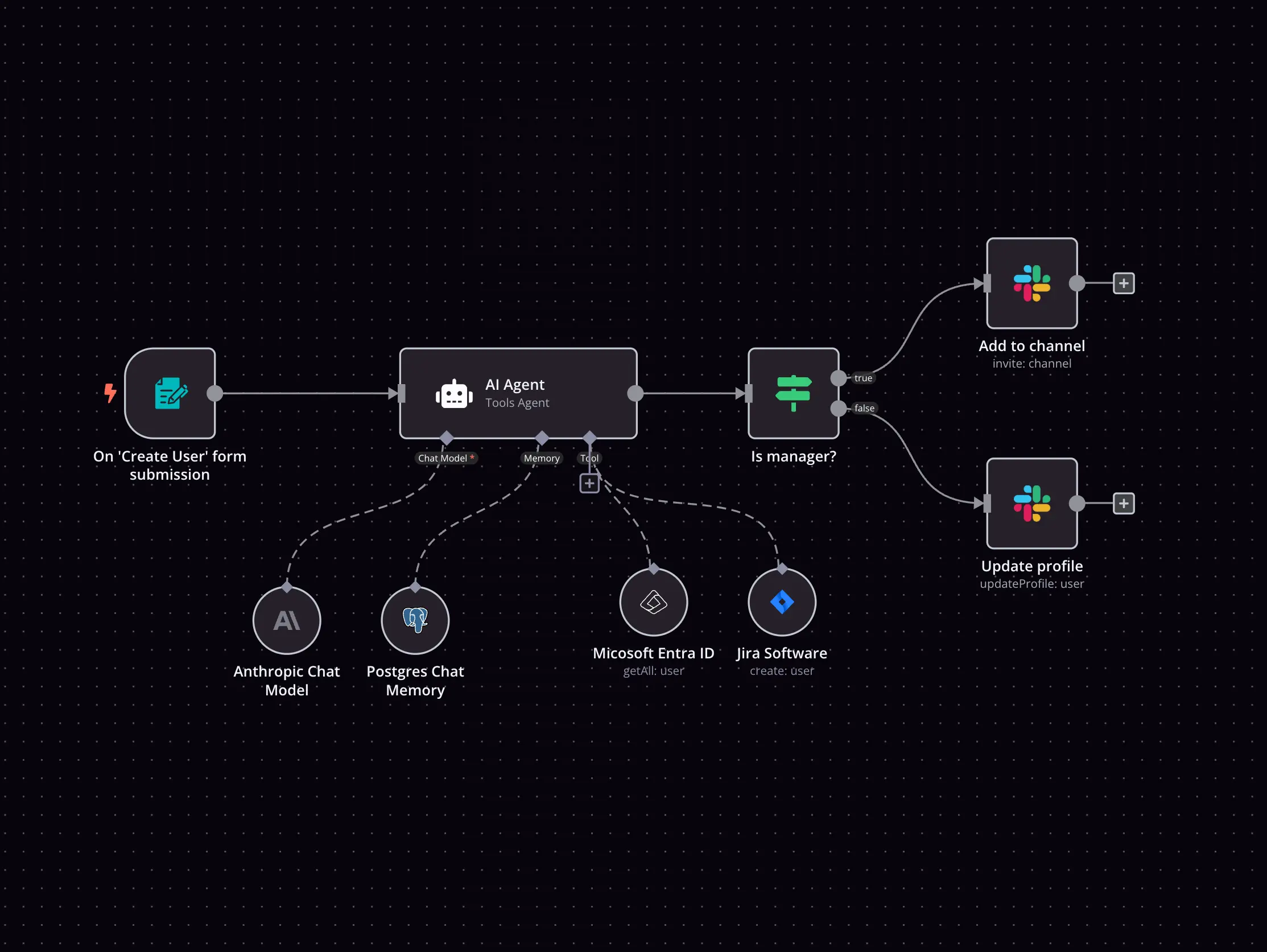Qualys and Spydra integration
Save yourself the work of writing custom integrations for Qualys and Spydra and use n8n instead. Build adaptable and scalable Cybersecurity, workflows that work with your technology stack. All within a building experience you will love.


How to connect Qualys and Spydra
Create a new workflow and add the first step
In n8n, click the "Add workflow" button in the Workflows tab to create a new workflow. Add the starting point – a trigger on when your workflow should run: an app event, a schedule, a webhook call, another workflow, an AI chat, or a manual trigger. Sometimes, the HTTP Request node might already serve as your starting point.
Build your own Qualys and Spydra integration
Create custom Qualys and Spydra workflows by choosing triggers and actions. Nodes come with global operations and settings, as well as app-specific parameters that can be configured. You can also use the HTTP Request node to query data from any app or service with a REST API.
Supported API Endpoints for Qualys
List Assets
Fetches a list of all assets.
Create Asset
Creates a new asset.
Get Asset
Fetches details of a specific asset by ID.
Update Asset
Updates a specific asset by ID.
Delete Asset
Deletes a specific asset by ID.
List Scans
Fetches a list of all scans.
Launch Scan
Launches a new scan.
Get Scan
Fetches details of a specific scan by ID.
Update Scan
Updates a specific scan by ID.
Delete Scan
Deletes a specific scan by ID.
List Reports
Fetches a list of all reports.
Generate Report
Generates a new report.
Get Report
Fetches details of a specific report by ID.
Update Report
Updates a specific report by ID.
Delete Report
Deletes a specific report by ID.
List Policies
Fetches a list of all policies.
Create Policy
Creates a new policy.
Get Policy
Fetches details of a specific policy by ID.
Update Policy
Updates a specific policy by ID.
Delete Policy
Deletes a specific policy by ID.
To set up Qualys integration, add the HTTP Request node to your workflow canvas and authenticate it using a predefined credential type. This allows you to perform custom operations, without additional authentication setup. The HTTP Request node makes custom API calls to Qualys to query the data you need using the URLs you provide.
Take a look at the Qualys official documentation to get a full list of all API endpoints
Supported API Endpoints for Spydra
Create organization
Creates a new organization.
Edit organization details
Edits the details of an existing organization.
Delete organization
Deletes an existing organization.
Create a network
Creates a new network.
Delete network
Deletes an existing network.
Deploy app
Deploys a new application.
Create channel
Creates a new channel.
Remove channel
Removes an existing channel.
Create node
Creates a new node.
Delete node
Deletes an existing node.
Create oracle
Creates a new oracle.
To set up Spydra integration, add the HTTP Request node to your workflow canvas and authenticate it using a generic authentication method. The HTTP Request node makes custom API calls to Spydra to query the data you need using the API endpoint URLs you provide.
See the example hereThese API endpoints were generated using n8n
n8n AI workflow transforms web scraping into an intelligent, AI-powered knowledge extraction system that uses vector embeddings to semantically analyze, chunk, store, and retrieve the most relevant API documentation from web pages. Remember to check the Spydra official documentation to get a full list of all API endpoints and verify the scraped ones!
Qualys and Spydra integration details
The SOAR platform you want
Mountains of monotonous tasks make building and monitoring your workflows a chore. Not anymore.
Learn more
Save engineering resources
Reduce time spent on customer integrations, engineer faster POCs, keep your customer-specific functionality separate from product all without having to code.
Learn more
FAQ
Can Qualys connect with Spydra?
Can I use Qualys’s API with n8n?
Can I use Spydra’s API with n8n?
Is n8n secure for integrating Qualys and Spydra?
How to get started with Qualys and Spydra integration in n8n.io?
Looking to integrate Qualys and Spydra in your company?
The world's most popular workflow automation platform for technical teams including
Why use n8n to integrate Qualys with Spydra
Build complex workflows, really fast


